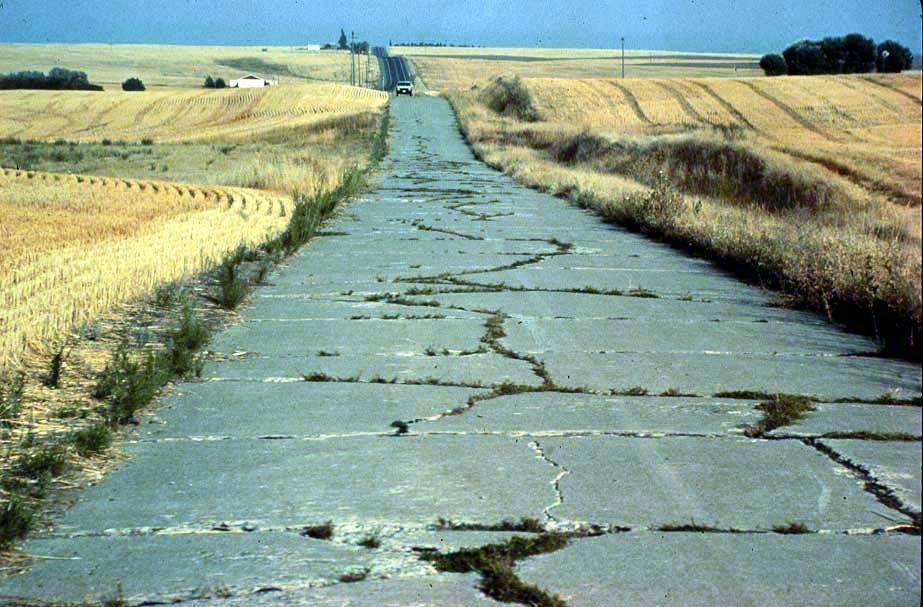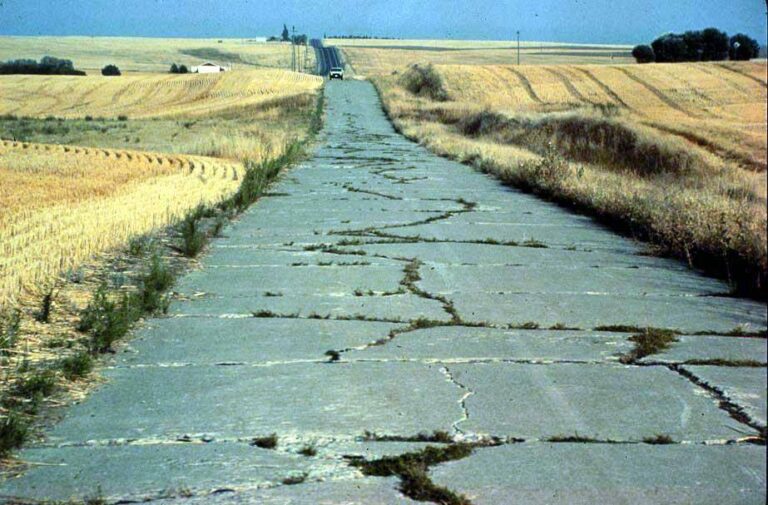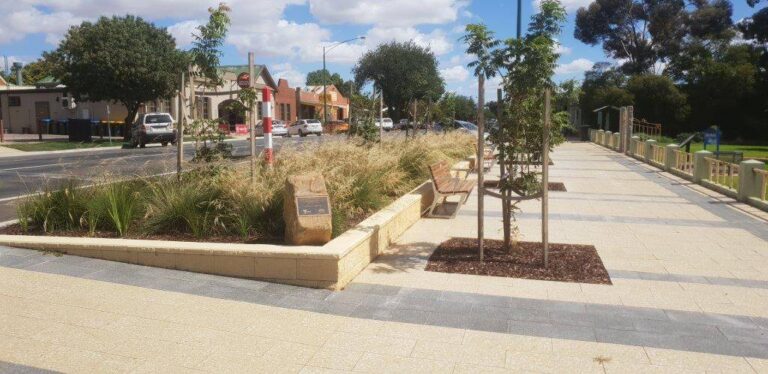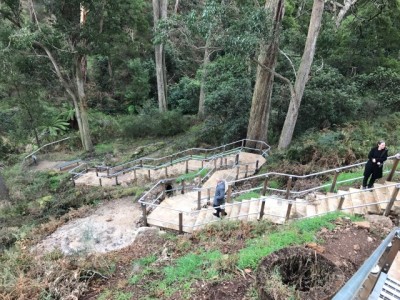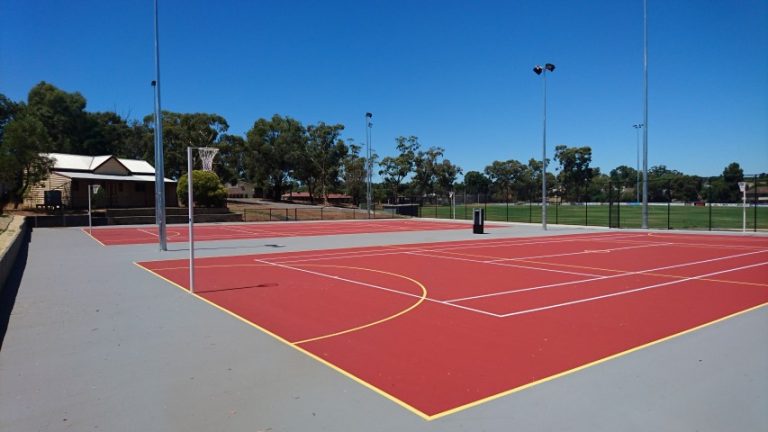NEWS
Sustainability and Progress
Innovation, particularly information technology innovation has been accelerating rapidly. Consider for a moment that 40 years ago the first personal computer was invented and just 10 years ago smartphones entered the marketplace. Today, roughly 50% of the world own a smartphone of some capacity. The rapid innovation in computer technology becomes even more incredible when you consider that today’s smartphones have two million times more storage, one hundred thousand times the memory, and five hundred times the processing power. The theory of the exponential advancements in computing technology are credited to Moore’s Law and the Law of Accelerating Returns.
Major keystone innovations within Engineering occurred during or before the industrial revolution. Think of major achievements such as, Combustion Engines, Reticulated Water and Sewer Supply, Roads, Bridges etc. Although Engineering has not witnessed an innovation revolution of that scale since, the increase in innovation has been attributed to continuous improvement in legacy technology. Continuous improvement innovation is focused on seeking more efficient, more economical and sustainable ways to continue to solve the everyday problems faced. Advancements in information technology can be harnessed to innovate legacy technology in Engineering.
Progressive Civil and Geotechnical Engineers for example have researched significant innovation toward finding sustainable solutions to traditional Engineering problems. Road pavement construction has traditionally been undertaken using virgin extracted rock material with bituminous emulsions (Bitumen/Asphalt). In the 1980’s Engineers in America were exploring the structural suitability of reclaimed pavement materials. RAP (Reclaimed Asphalt Pavement) is sourced when an existing asphalt pavement is ‘ripped’ or ‘milled’. The material is then crushed and screened to create a re-useable product that can be mixed with virgin asphalt materials to prolong the supply of a finite resource. Technological advancements and innovative thinking since this point have resulted in Geotechnical and Civil Engineers researching and testing other materials to replace or reduce use of virgin materials.
Pavement Engineers have begun to consider the problem of waste and resource recovery in conjunction with reliance of pavement to be constructed using finite resources. Impressively, pavement construction and waste management have long been tied to each other as most landfills trace back to rock quarry activity for pavement material sourcing. When a rock quarry would reach the end of its lifespan, most government agencies would convert the quarry to landfill for waste management processes.
Since the innovation of RAP, which was an innovation at the time to recover and reuse a resource already utilised in the existing traditional construction method, these innovators have been thinking outside the box to identify opportunities for materials not previously considered for use in Road construction such as crushed glass, crushed brick, crushed concrete and crumbed rubber.
Waste, recycling and resource recovery in the past 20-30 years has become an opportunity for innovative thinkers to consider solutions to the problem of significant volumes of waste being dumped into landfills. The uncertainty surrounding the future of recycling programs in Australia in conjunction with community expectations to reduce the amount of waste being diverted to landfills has resulted in many innovative suggestions and research projects into resource recovery.
Progression and innovation can be beacons for a sustainable future when we encourage and celebrate ‘free thinking’. It is only when we encourage ourselves to think outside the square when considering continuous improvement that innovation occurs.
